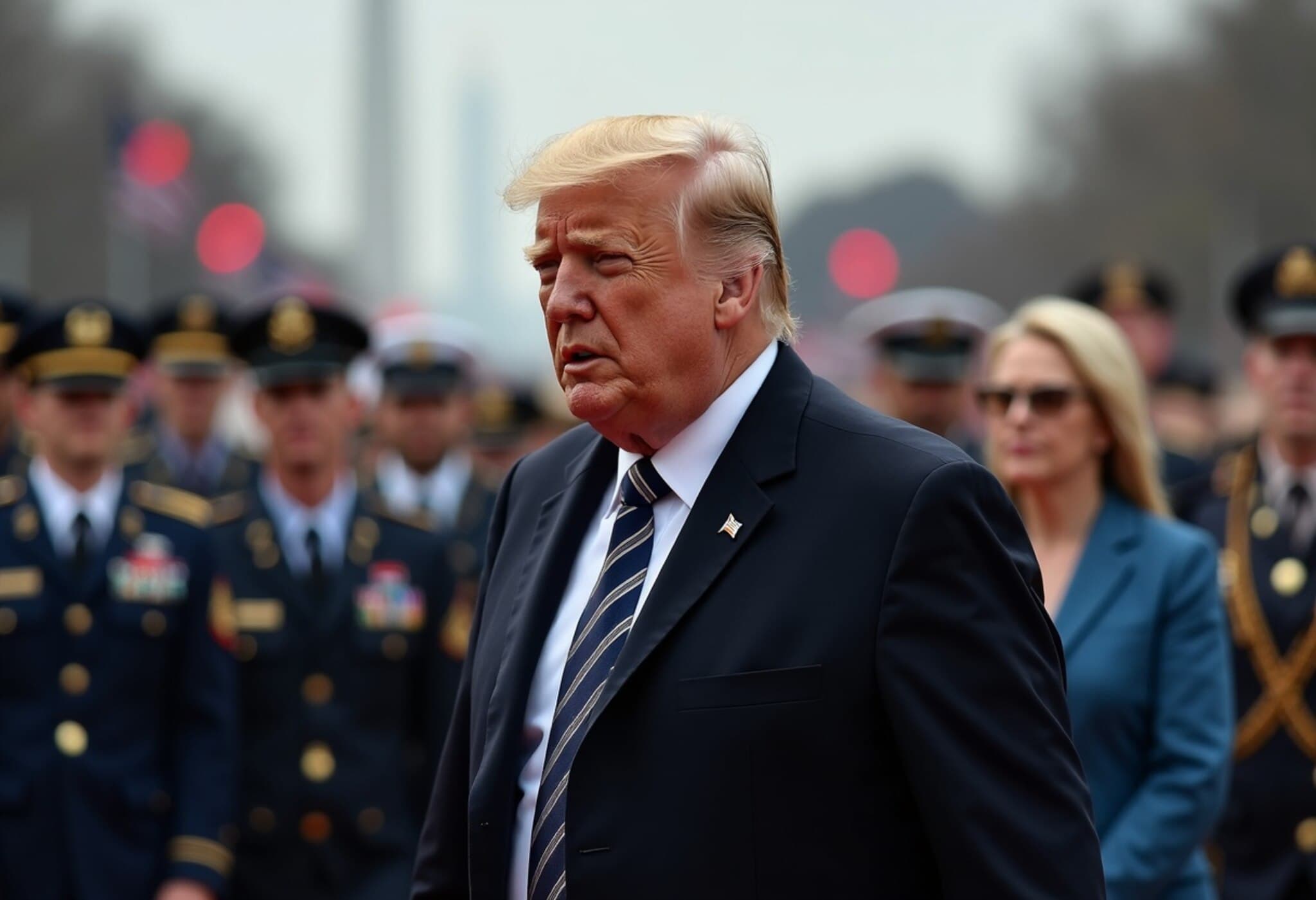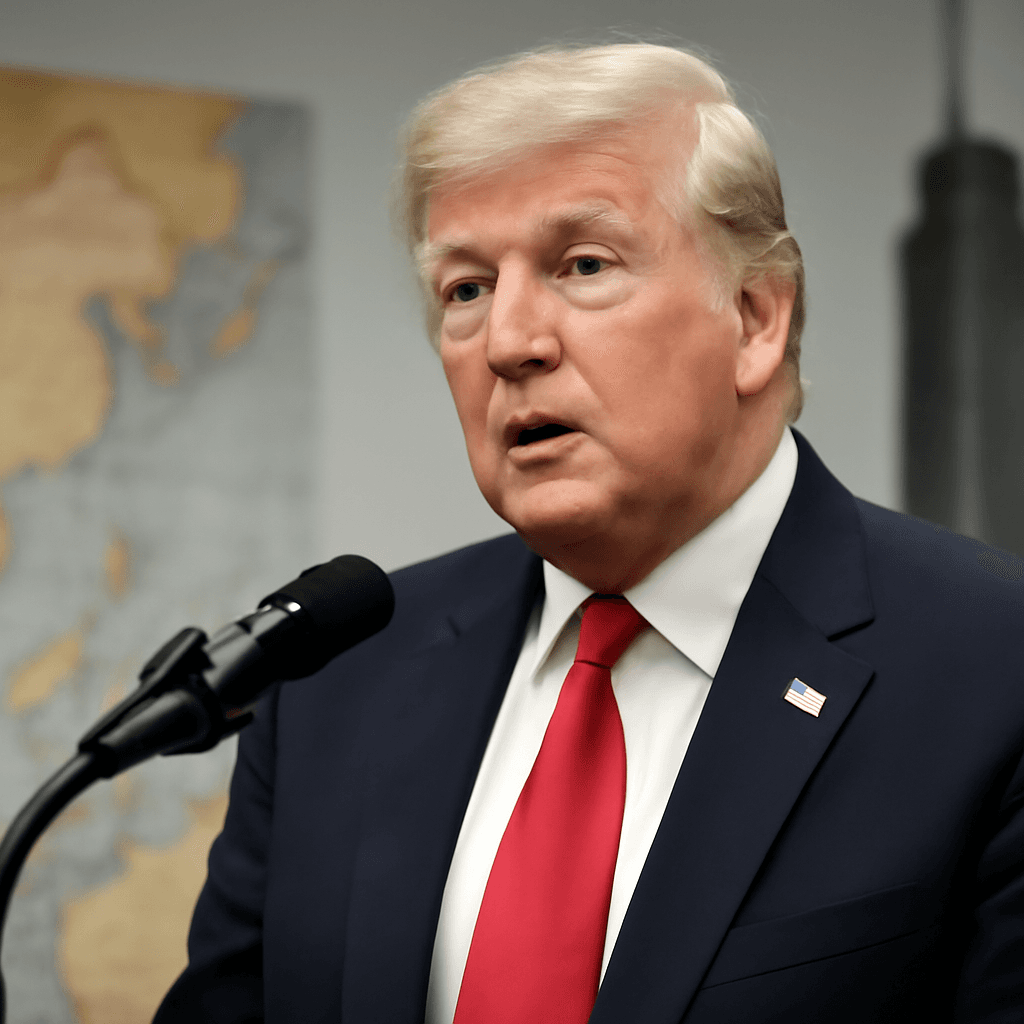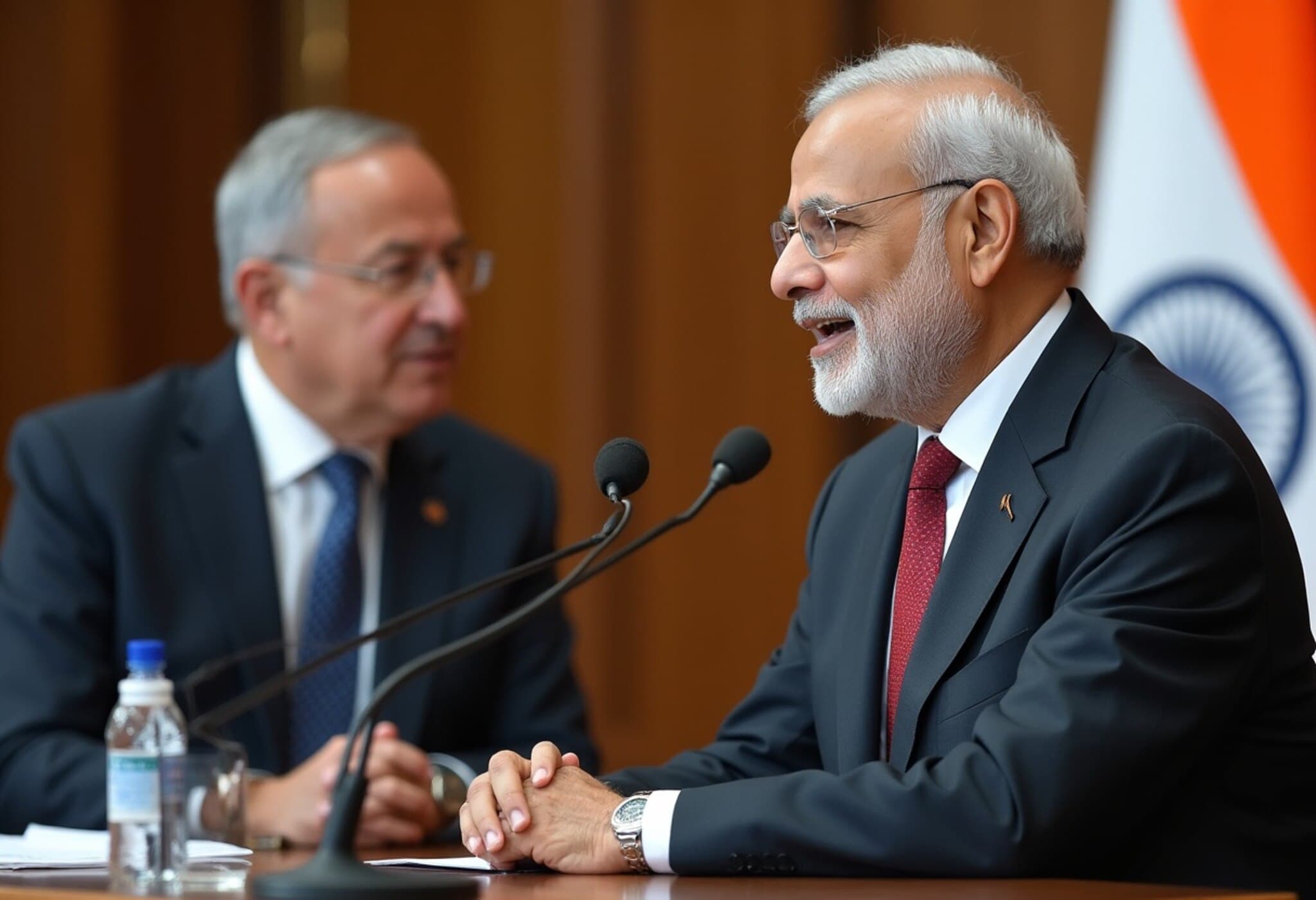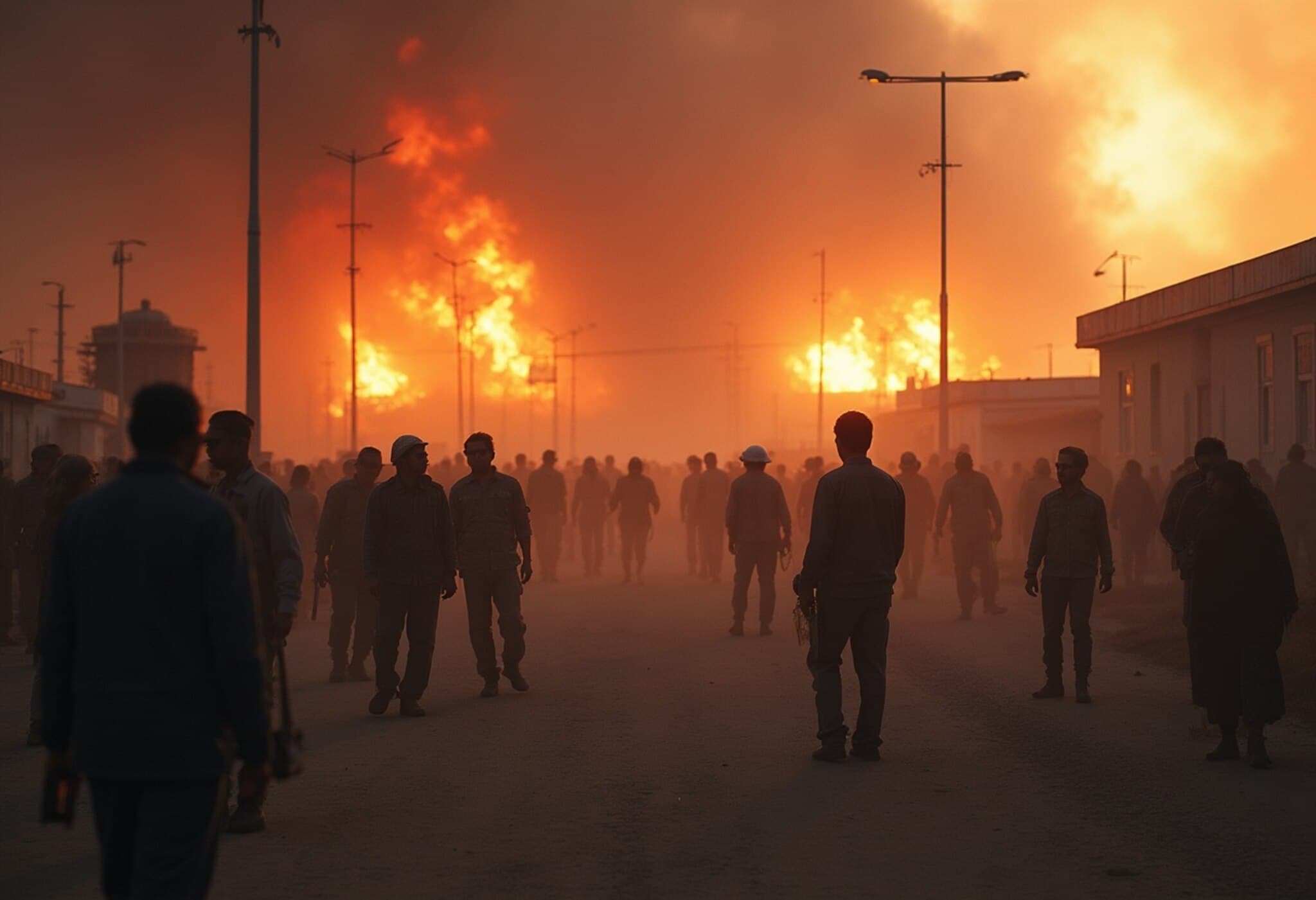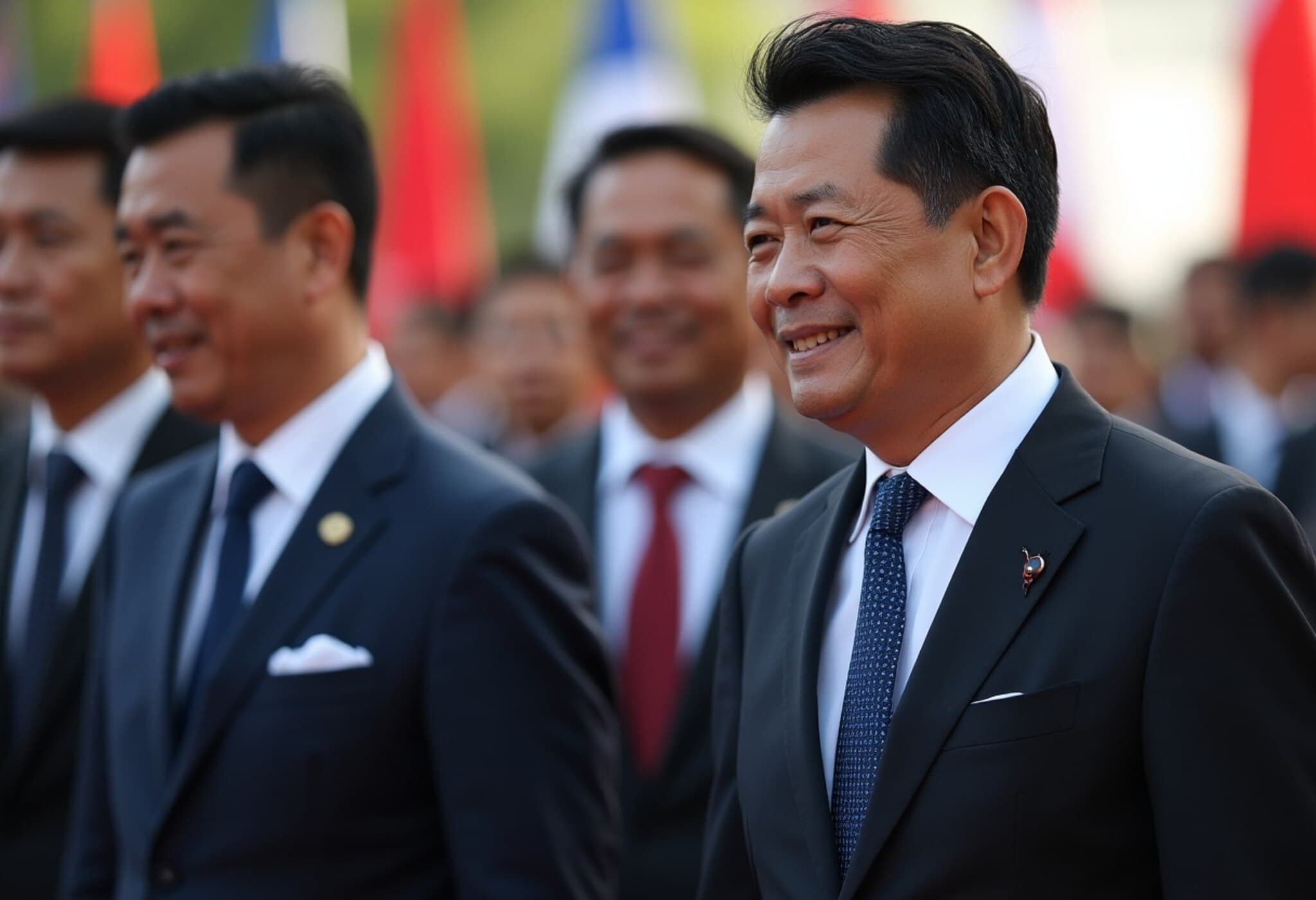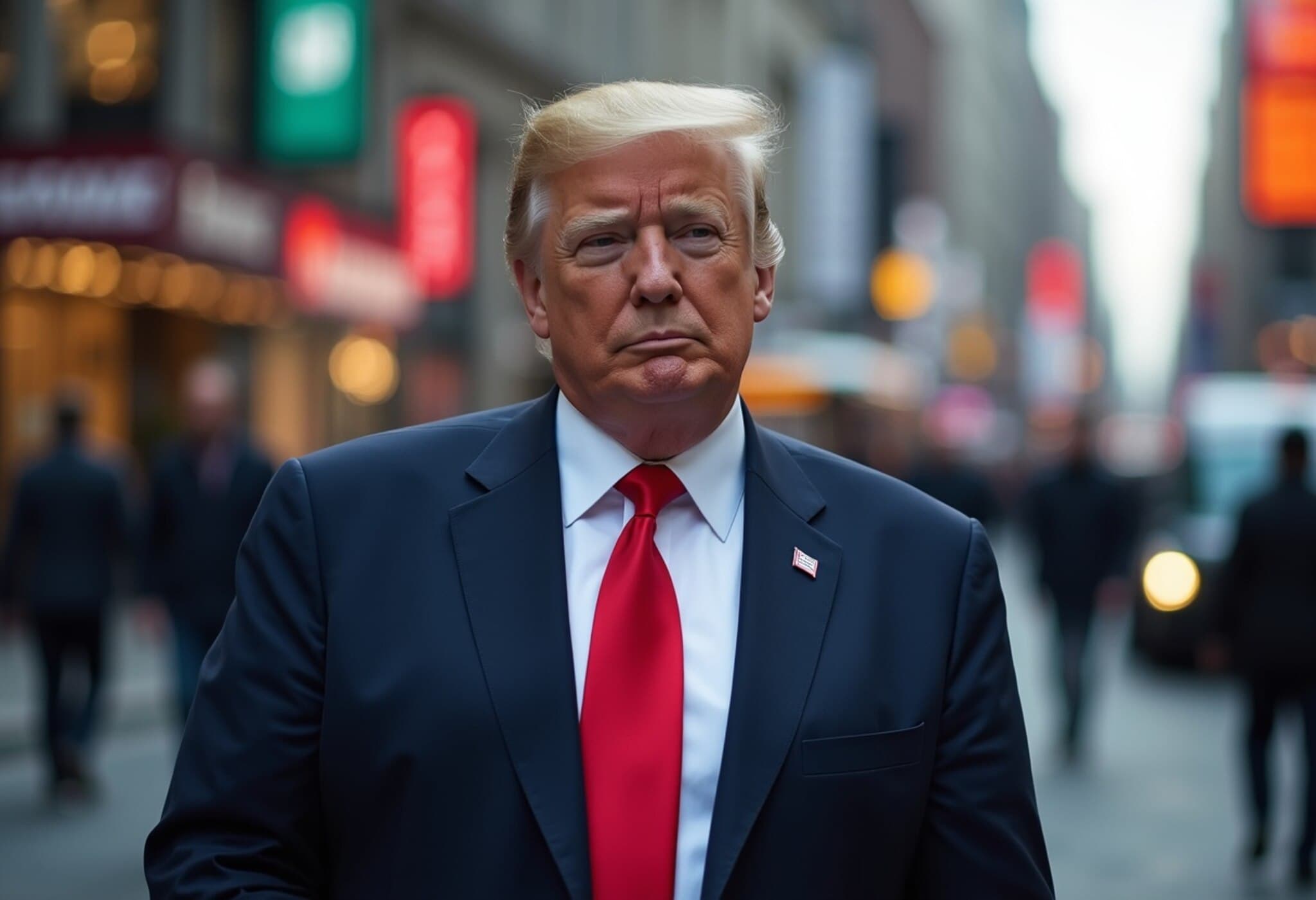Government Appeals to Supreme Court Amid Diplomatic Deadlock Over Indian Nurse’s Execution in Yemen
On July 14, 2025, the Indian government informed the Supreme Court that while it is making every effort to intervene, it faces significant diplomatic hurdles in preventing the execution of Nimisha Priya, a nurse from Kerala sentenced to death in Yemen. Her execution is scheduled for July 16, but strained relations with Yemen’s Houthi-controlled regions and lack of formal diplomatic ties leave India with few viable options.
Background: A Complex Case in a Conflict Zone
Nimisha Priya, originally from Palakkad district in Kerala, has been embroiled in a grave legal battle since her arrest in 2017. Accused of murdering her Yemeni business partner, Talal Abdo Mehdi, along with another nurse, the case attracted international attention due to its grim details and geopolitical sensitivities.
- Allegations include drugging Mehdi and committing murder, followed by the concealment of his body in an underground tank.
- Nimisha has consistently maintained her innocence, but multiple appeals have been rejected by Yemeni courts.
- The crime occurred in a region controlled by the Houthi insurgency, complicating legal and diplomatic interventions.
Challenges in Diplomacy and Legal Intervention
Attorney General R. Venkataramani emphasized to the Supreme Court the unprecedented challenges faced by India in this sensitive diplomatic context. Yemen is currently not diplomatically recognized by India in this context due to the presence of Houthi control, severely limiting standard government channels.
“There’s only so far the government of India can go. We’re trying discreetly, through influential local intermediaries like tribal Sheikhs, to postpone the execution without inflaming tensions or jeopardizing Nimisha Priya’s safety,” he said.
The Attorney General further highlighted that India remains in contact with Yemeni officials, including the public prosecutor, hoping to delay the carrying out of the death sentence as dialogue continues behind closed doors.
Supreme Court Suggests Exploring Informal Negotiation Channels
The bench headed by Justice Sandeep Mehta expressed a sense of urgency and suggested that, given the formal diplomatic impasse, the government explore informal communication channels to engage key Yemeni influencers who might sway the fate of Priya.
- This recommendation underscores the practical reality: when conventional diplomacy falters, backdoor negotiations often remain the only lifeline.
- Such approaches have precedents in international cases where state-to-state communication is limited or frozen.
Expert Insights: The Legal and Humanitarian Dimensions
From a legal standpoint, this case raises critical questions about the protections available to foreign nationals in conflict zones governed by non-state actors. It also spotlights the delicate balance governments must strike between respecting sovereignty and advocating for their citizens.
Human rights advocates point out the heightened risks faced by overseas workers, particularly women in volatile regions, emphasizing the need for comprehensive support systems and international cooperation.
Looking Ahead: What This Means for Indian Expatriates in Conflict Zones
The Nimisha Priya case shines a spotlight on the vulnerabilities of Indian workers abroad, especially in politically unstable territories. It raises broader policy questions about preparedness, diplomatic strategies, and the mechanisms for crisis management when traditional diplomatic clearances are absent.
As the execution date approaches, India’s approach of cautious, discreet engagement may set a precedent for handling similarly fraught situations involving overseas citizens.
Editor’s Note
The looming execution of Nimisha Priya is not just a legal battle but a profound challenge to India’s diplomatic agility and humanitarian commitments. It invites reflection on how nations safeguard their citizens in unrecognized or conflict-ridden territories where formal diplomatic ties are strained or non-existent. Will informal channels suffice to alter a grave outcome, or does this call for a reimagined framework for consular and diplomatic protection in such high-risk zones? Readers are encouraged to follow this unfolding story closely, recognizing its broader implications for international law and citizen protection.




